To celebrate the 20th anniversary of Vietnam Cultural Heritage Day (November 23, 2005 - November 23, 2025), Ho Chi Minh City Museum organized a series of art exhibitions and experiences..., opening on the morning of November 22. With the exhibition Nam dien - Vietnamese costumes through three centuries, the Organizing Committee wants to honor Vietnamese costumes and preserve traditional cultural values, attracting the participation of many people and tourists.
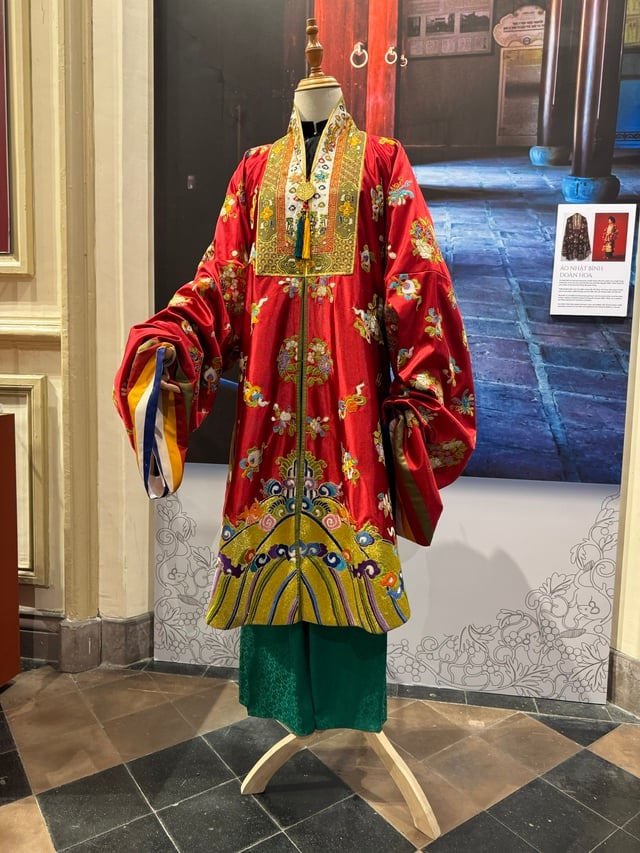
Japanese flower shirt
Photo: QUYNH TRAN
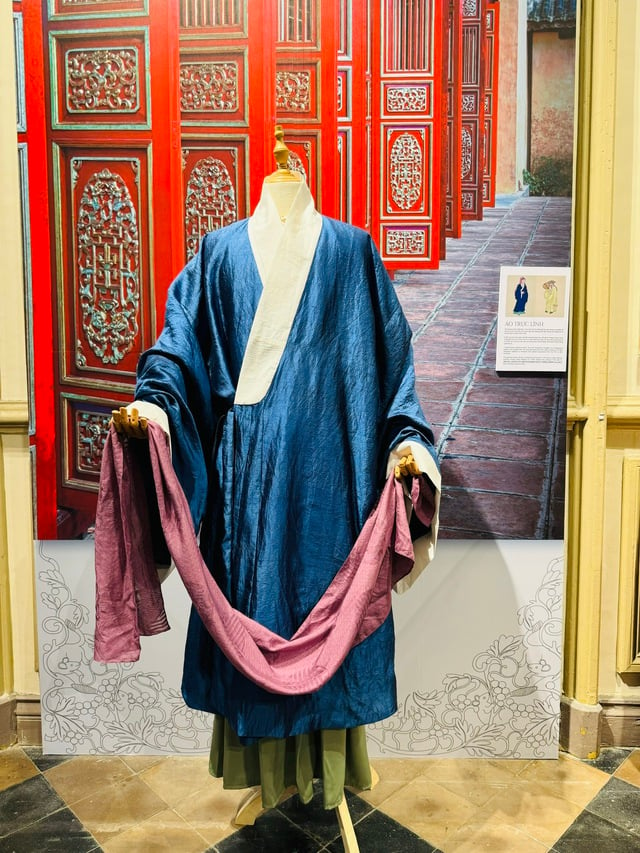
Direct shirt
Photo: QUYNH TRAN
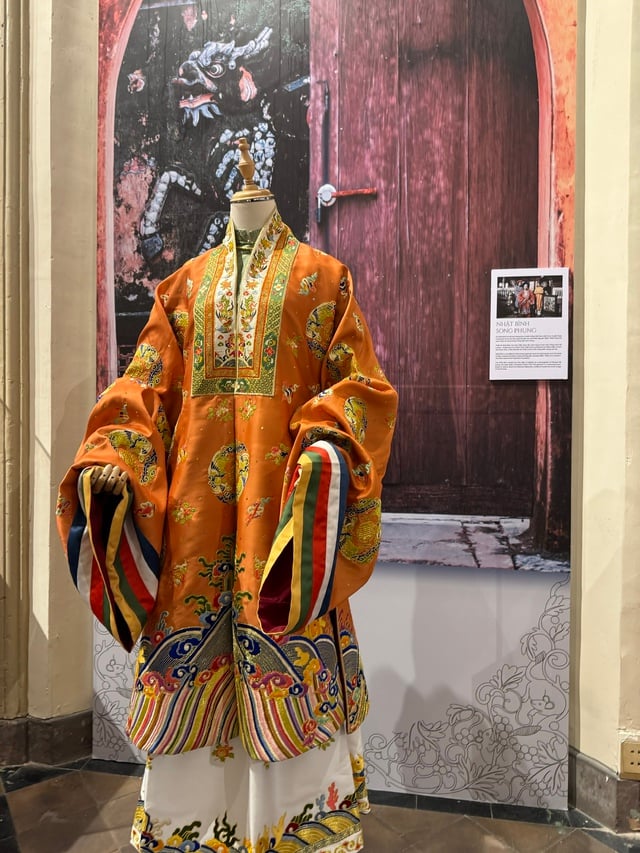
Restored Japanese-style double phoenix vase
Photo: QUYNH TRAN
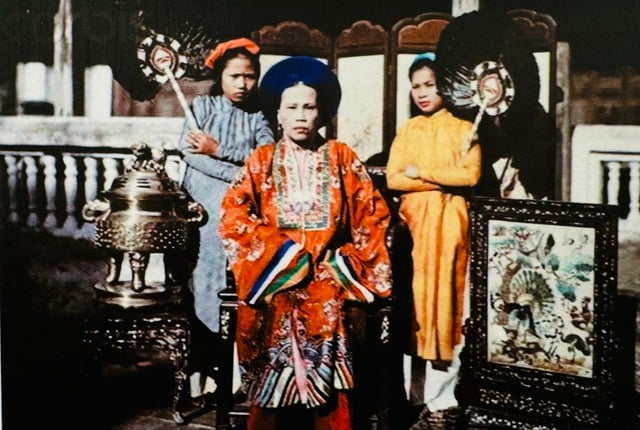
Japanese dress with two phoenixes in old photos
Photo: QUYNH TRAN
At the opening ceremony, Associate Professor Dr. Le Thi Ngoc Diep - Chairman of the Council of the University of Social Sciences and Humanities (VNU-HCM) said: "Each set of traditional costumes not only reflects weaving techniques and aesthetic thinking, but also embodies social conventions, spirit and ethnic identity. Restoring and introducing traditional costumes helps today's young generation understand more deeply the spiritual heritage left by their ancestors. According to the Organizing Committee, nam dien with the word dien in dien nhan, is inspired by the way of calling men's clothing in the early 20th century.
Discover Vietnamese clothing through three centuries
The most impressive highlight of the activities is the exhibition Nam dien - Vietnamese costumes through three centuries (taking place from November 22 to December 22, 2025), helping viewers have information and insight into the transformation, sophistication and diversity of Vietnamese costumes over the past three centuries, such as: Ao truc linh, Ao Nhat binh doan hoa, Ao Chen hoang thai tu or Ao Nhat binh song phuong...
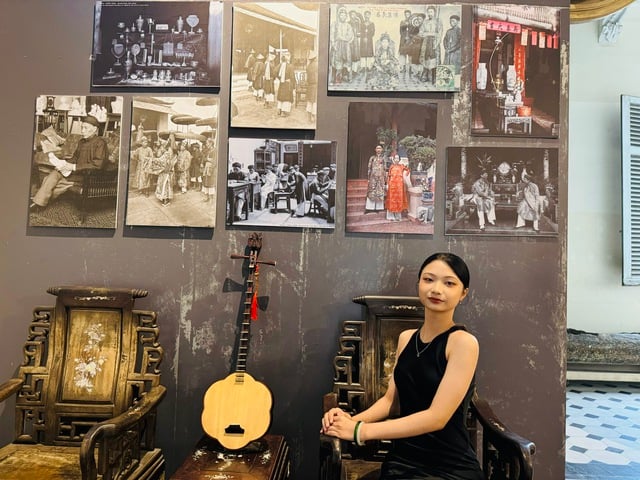
Images of ancient costumes through documents are also available next to them for viewers to compare.
Photo: QUYNH TRAN
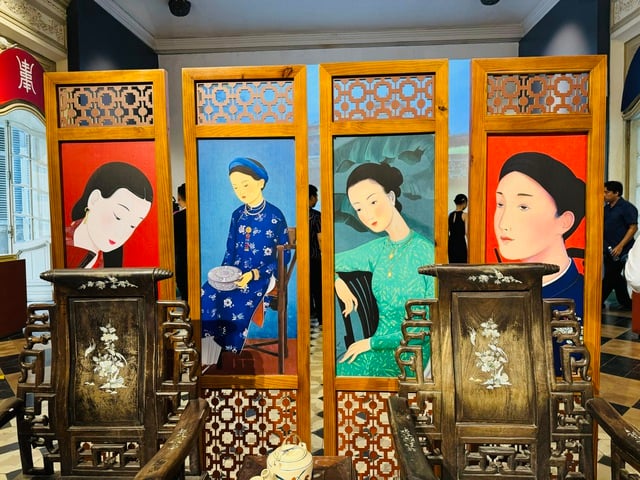
The exhibition space takes viewers back to the old days.
Photo: QUYNH TRAN
In Vietnamese costume, "truc linh" (straight collar) is the general name for most of the styles of the Later Le Dynasty. This term often appears in historical and cultural documents from the 17th - 18th centuries. The shirt on display is recreated based on the famous Japanese painting Van Quoc Nhan Chuat Do. During this period, both Vietnamese men and women often kept their hair long, loose and barefoot.
Ao Nhat Binh is a traditional Vietnamese costume for women of the royal family and wives of high-ranking officials during the Nguyen Dynasty (1802-1945). This was a ceremonial dress used on important occasions. The Crown Prince's Ao Chen, also known as the five-panel/five-panel dress, is the predecessor of today's modern Ao Dai. This was a popular costume used by Vietnamese people throughout the country during the Nguyen Dynasty.
Ao tac, also known as ao thong, ao loi, ao Te or ao Le, is a five-panel shirt similar to ao Chen but the sleeves and armpits are cut much larger, used on formal occasions or festivals by ancient Vietnamese people.

Old robe
Photo: QUYNH TRAN
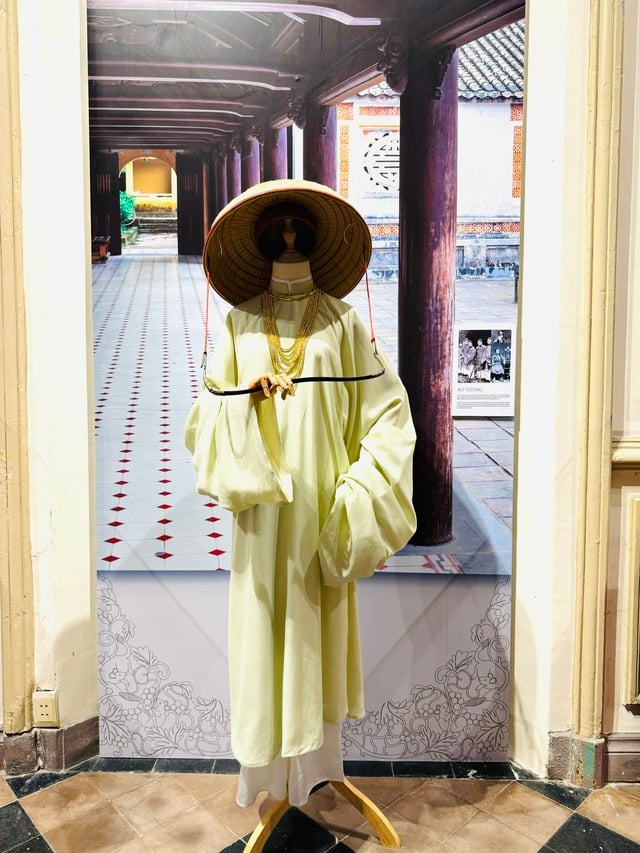
The robe has been restored by an artisan.
Photo: QUYNH TRAN
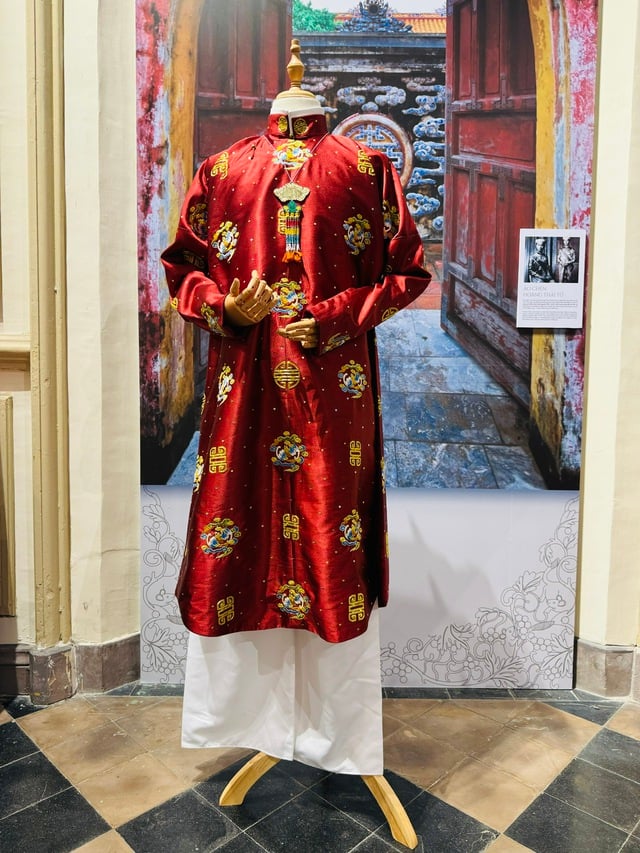
Crown Prince Tunic
Photo: QUYNH TRAN
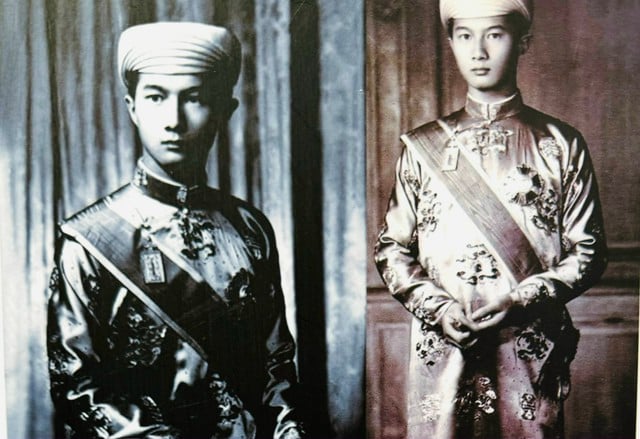
Crown Prince's Tunic in Old Photos
Photo: QUYNH TRAN
According to Director of Ho Chi Minh City Museum Doan Thi Trang, after the opening of the exhibition Nam dien - Vietnamese costumes through three centuries , there will be other events celebrating the 20th anniversary of Vietnam Cultural Heritage Day, such as: Learning about pottery (from November 29 to December 15), experiencing and learning about traditional musical instruments (from November 22 to 30). The activities will be carried out in coordination with researchers in interdisciplinary fields: Phu Dong ethnic music group, Hoa Nien group - beautiful years, Nang Ceramic and other music groups, artists, painters...
Source: https://thanhnien.vn/nam-dien-y-phuc-nguoi-viet-qua-ba-the-ky-co-gi-la-185251122160829574.htm








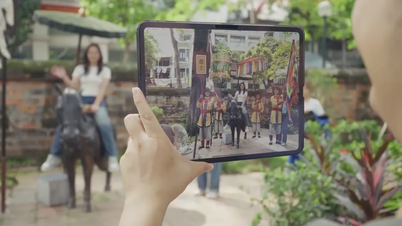




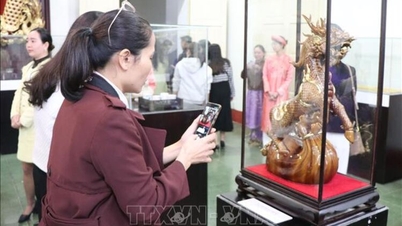

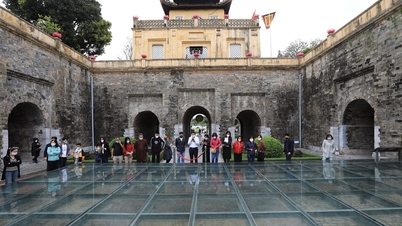
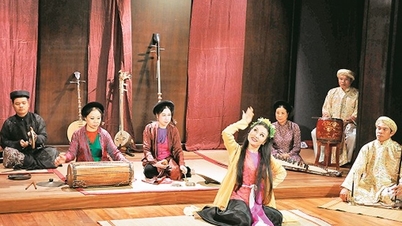
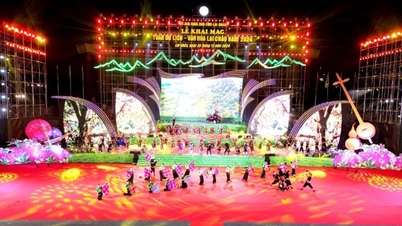

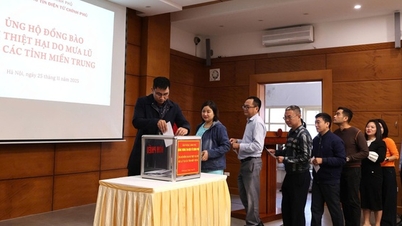



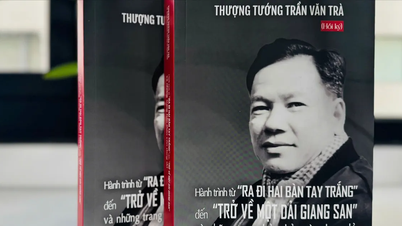

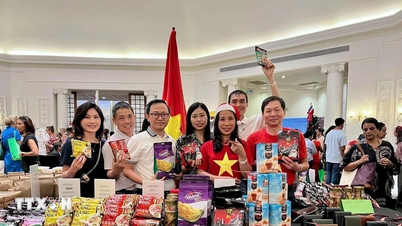








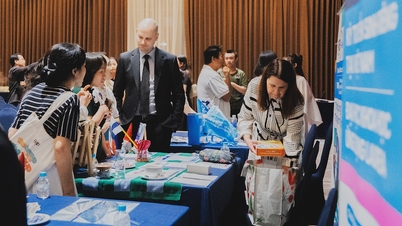


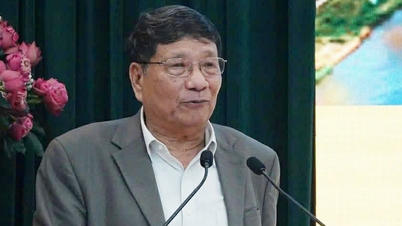

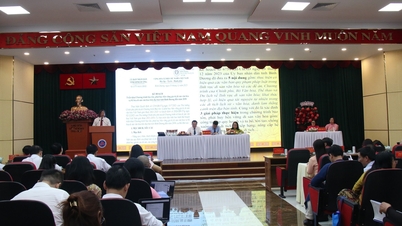














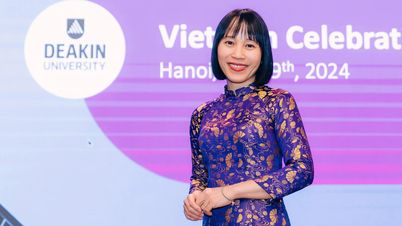

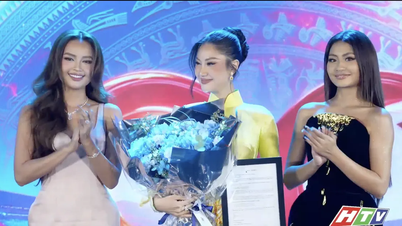

![[Answer] Should I install an elevator for an old renovated house?](https://vphoto.vietnam.vn/thumb/402x226/vietnam/resource/IMAGE/2025/11/25/1764039191595_co-nen-lap-thang-may-cho-nha-cai-tao-cu-khong-04.jpeg)



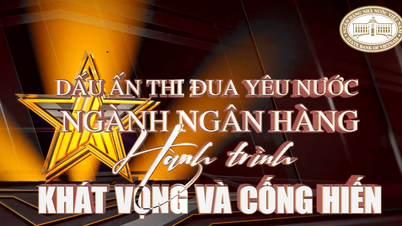












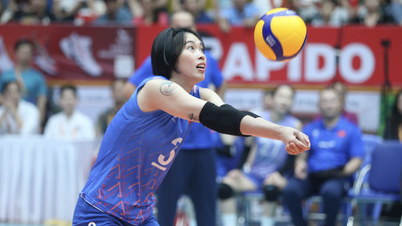












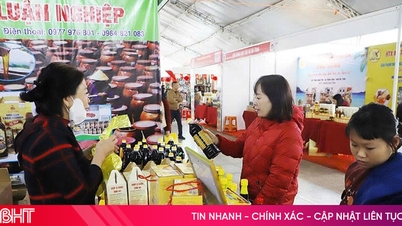


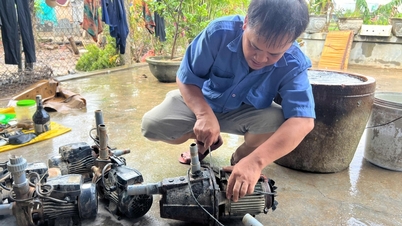

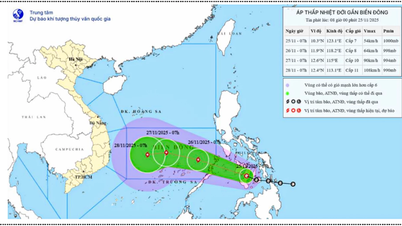

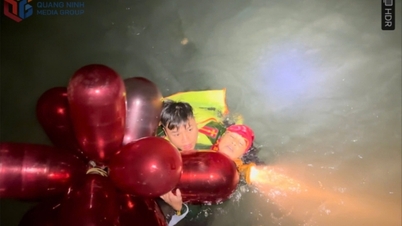













Comment (0)